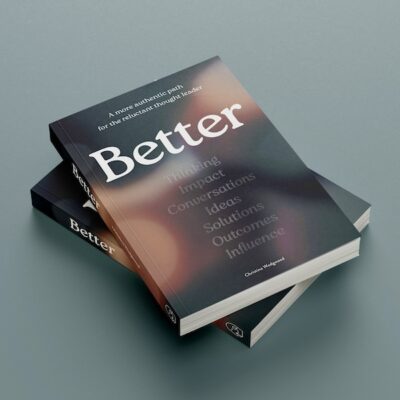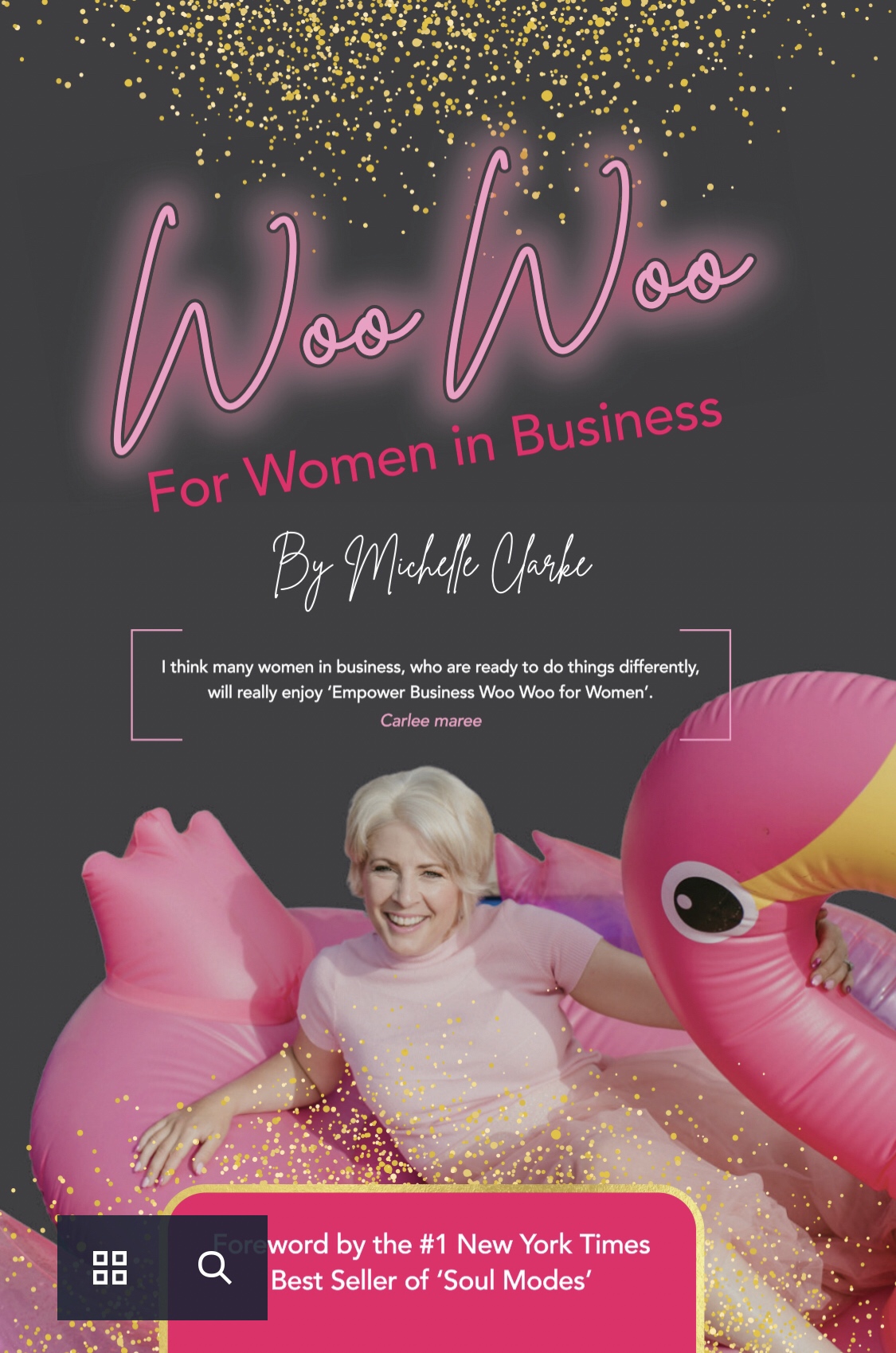How not to Commit Business Suicide
Coming in at under 180 pages, Gavin Waring’s guide covering business structure, debt, tax and other issues SMEs (small and medium sized enterprises) struggle with, is not a big read, […]
Coming in at under 180 pages, Gavin Waring’s guide covering business structure, debt, tax and other issues SMEs (small and medium sized enterprises) struggle with, is not a big read, but promises real-life answers.
“For a business to succeed, they first have to survive,” Waring says.
The author’s insight is heart felt.
Having lost his own family home when his business failed, Waring now successfully helps small business owners recover from often serious financial difficulty.
As the CEO of Australia-based consultancy Your Business Angels, Waring stresses the importance of getting even the small, basic things right, saying; “These things can be the make or break of a business”.
Waring emphasizes the importance of getting the right advice by ensuring the solicitor you go to understands your business (you might need more than one for different issues) and having a good accountant and book-keeper.
With much of the work from his consultancy business coming as a direct result of useless accounting, Waring explains the necessity of being supplied with ‘fresh numbers’ and fresh information all the time.
Presented in five parts, the book deals with setting up and running your business and what to do when things go wrong.
Even if they go seriously wrong, however, Waring affirms “you will get through this and you will live on and be able to do great things again”.
Pointing out the quantum leap between having a good business idea and being able to implement it profitably in the market place, Waring says, “if you are reading this book because you are contemplating going into business, my advice is don’t – unless you have a hide like a rhino!”
Warning aside, explanations cover why you should only ever trade as a company; why you shouldn’t borrow money from a bank or (without making it a commercial transaction) from a family member – plus other options for borrowing and why you should pay yourself a wage.
As you would expect, there are practical suggestions about what to do before you take your products and services to the market place, like who your ideal customer would be.
Waring explains the crystallisation calculation – where the business is assessed at any given time on its actual assets as to what it actually owes, and how to work this out. The risks attached to relying solely on your profit and loss figures to measure the performance of the company is compared to the necessity for a cashflow analysis, described as the lifeblood of your business.
Another directive is to always have your business ready for sale – by keeping it looking its best, in a strong trading position with a strong balance sheet and making it easy to operate.
The final chapters look at taxation, negotiating with creditors, liquidation, insolvency and bankruptcy as these apply in Australia – although most translate into similar experiences in New Zealand.
Easy to read and full of common sense, supported by 25 years of business experience and personal heartache, How Not to Commit Business Suicide finishes with a small bibliography and glossary of abbreviations.
Usefulness: 8/10
ISBN: 978-06465-33643
Linda Donald is an Auckland-based freelance writer and book reviewer.
Email [email protected]
or visit www.imagesandwords.co.nz
|
|






